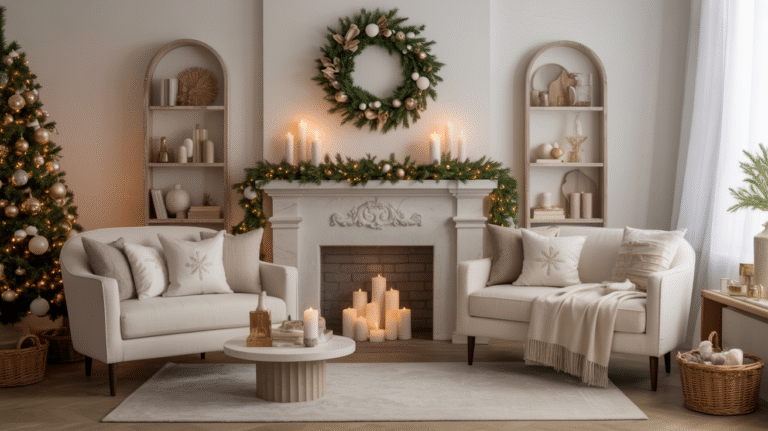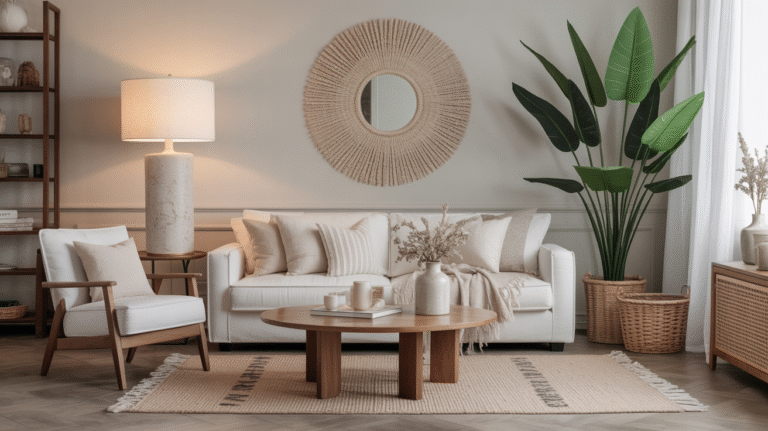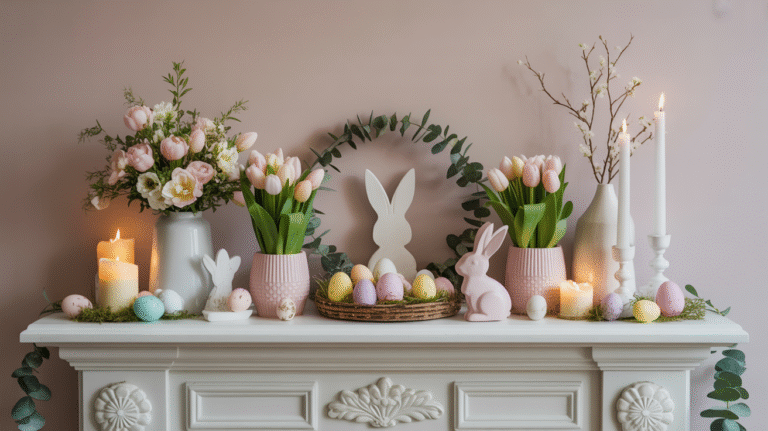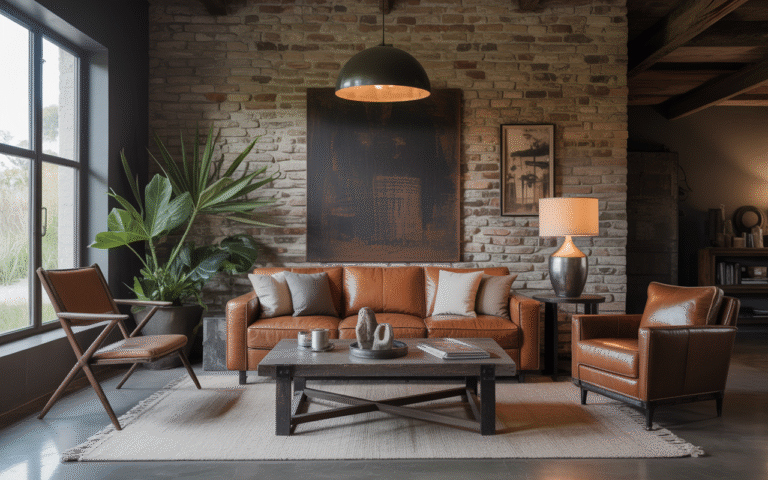Why Odd Numbers Work in Decor: How to Use the 3-Item Rule
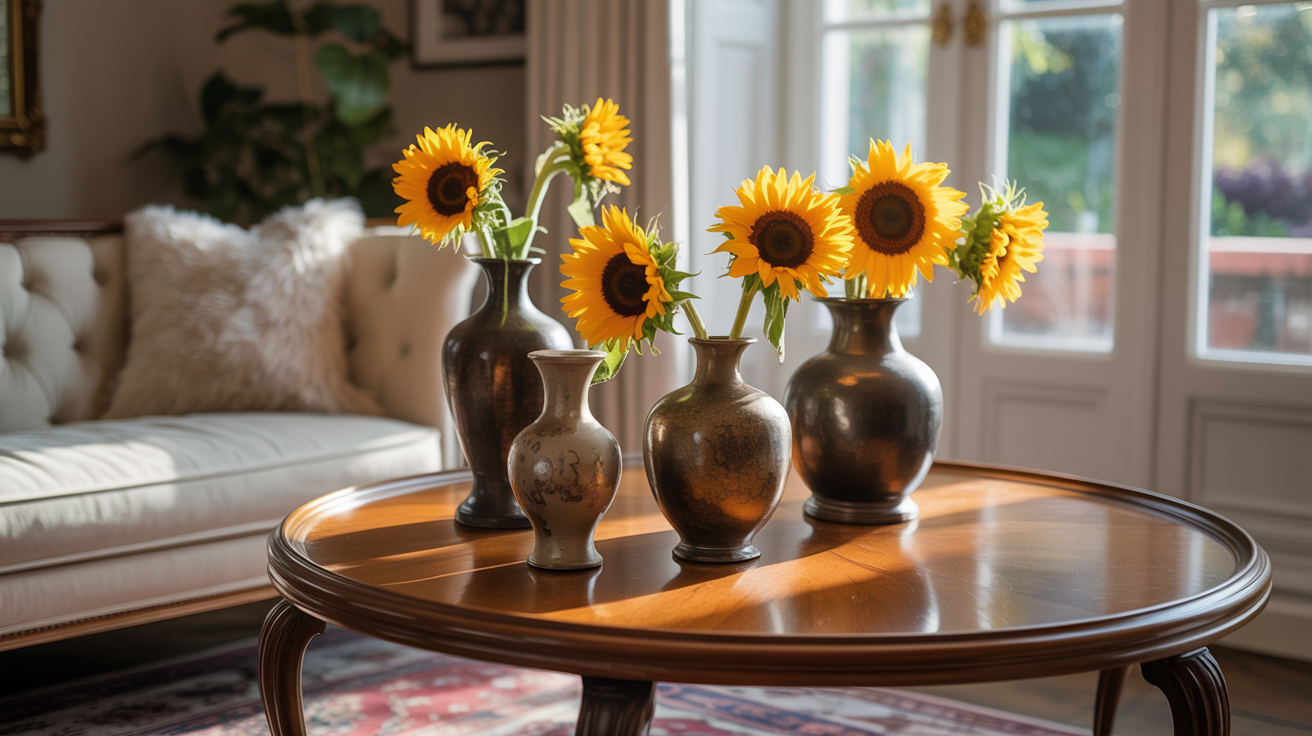
When it comes to home decor, the smallest details can have the biggest impact. One design principle that many interior designers swear by is the use of odd numbers in groupings. If you’ve ever wondered why some spaces just “feel right,” it’s likely because of the way odd numbers create a natural flow and balance. However, many people fall into the trap of always arranging things in pairs or even numbers, which can sometimes lead to a space that feels stiff or overly symmetrical.
The good news is that by embracing odd-numbered groupings, especially the rule of three, you can instantly make your decor feel more dynamic and visually appealing. Whether you’re styling a coffee table, bookshelves, or even your mantle, odd numbers create a more organic, balanced look without being too predictable. In this article, we’ll explore why odd numbers work in decor and how to use the 3-item rule to transform your space.
Why Odd Numbers Work in Decor: The Magic of the Rule of Three
Understanding the impact of odd-numbered groupings on your home decor can completely change how you approach styling your space. From small vignettes to larger furniture arrangements, odd numbers play a key role in creating an inviting, harmonious environment.
The Science Behind Odd Numbers in Design

Our brains process odd-numbered arrangements differently than even-numbered ones. This has everything to do with how we naturally interact with asymmetry. Odd-numbered groupings, especially groups of three, draw our eyes in a way that feels dynamic and interesting, rather than being overly perfect or rigid. This small shift can bring life to your space and make even the simplest decor pieces stand out in a memorable way.
How Odd Numbers Create Visual Interest
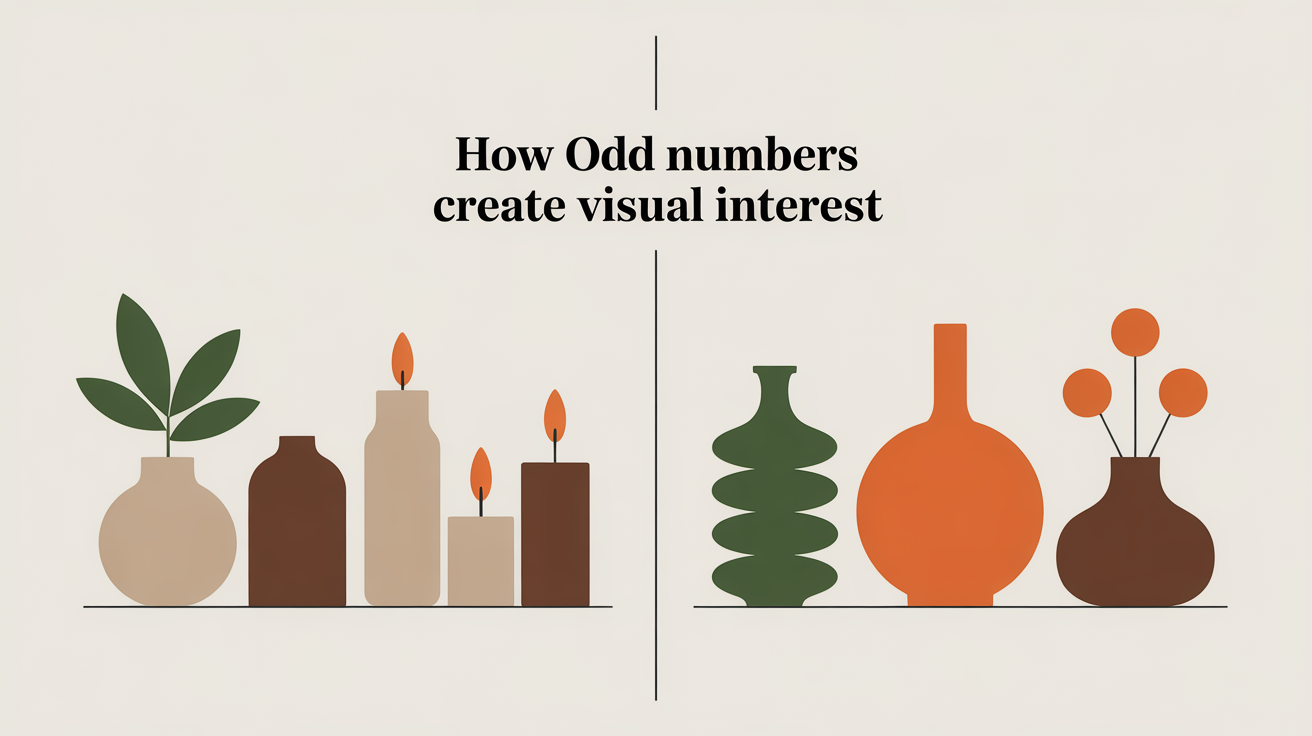
The magic behind odd numbers in decor is their ability to create natural rhythm and movement. When you place three objects together, for example, your eye is guided from one item to the next in a smooth, organic flow. This makes your space feel more alive and engaging, without the overly structured feel that often comes with symmetrical arrangements.
Creating Balance Without Symmetry
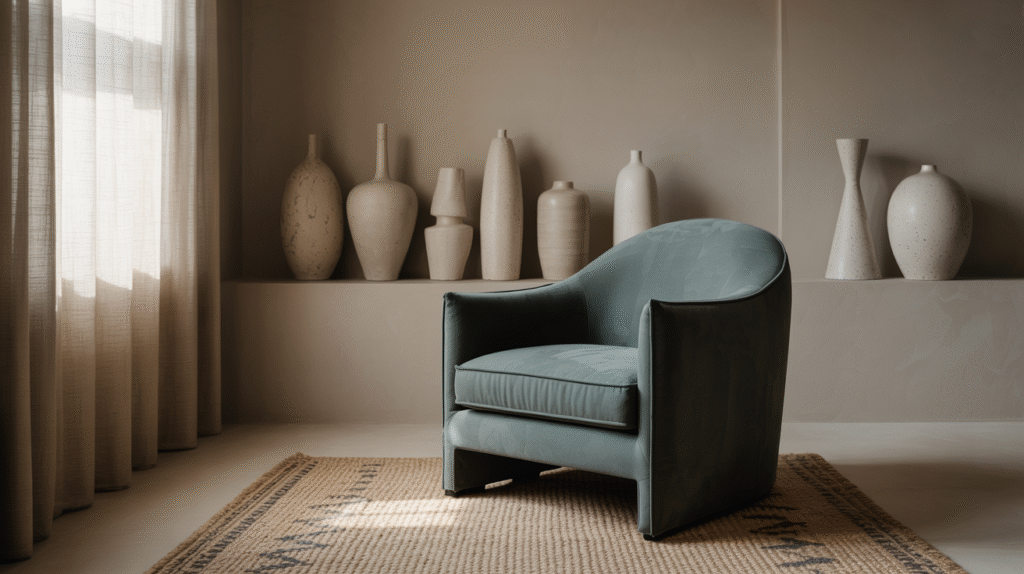
When you style your home using odd-numbered groupings, you’re creating what’s called dynamic balance. This doesn’t mean everything is perfectly symmetrical, but rather that the space feels complete and interesting. For instance, if you were styling a mantel, three candles of varying heights would draw the eye without being boring or overly orderly. By incorporating odd-numbered groupings, you’re giving your space an energy that symmetrical setups can’t provide.
How to Use the 3-Item Rule in Decor
Now that you understand why odd numbers work in decor, let’s break down how to implement the 3-item rule effectively throughout your home.
1. Vignettes on Coffee Tables and Shelves
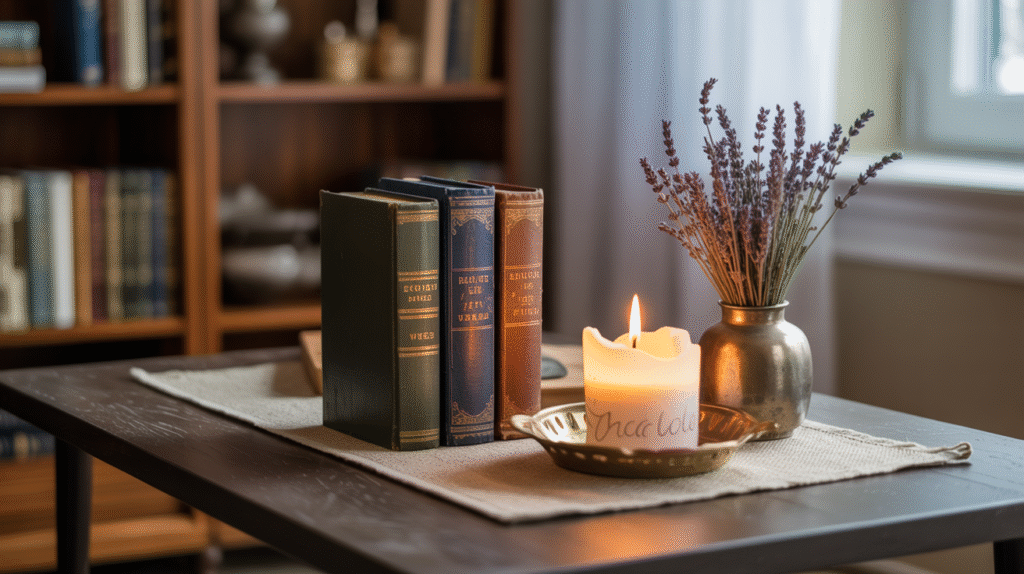
Creating a vignette using the 3-item rule is one of the easiest ways to start using odd-numbered groupings. Try grouping three objects that share a common theme, such as a small vase, a candle, and a decorative book. This setup works beautifully because the three items form a natural flow and create interest without being too busy.
2. Arranging Throw Pillows
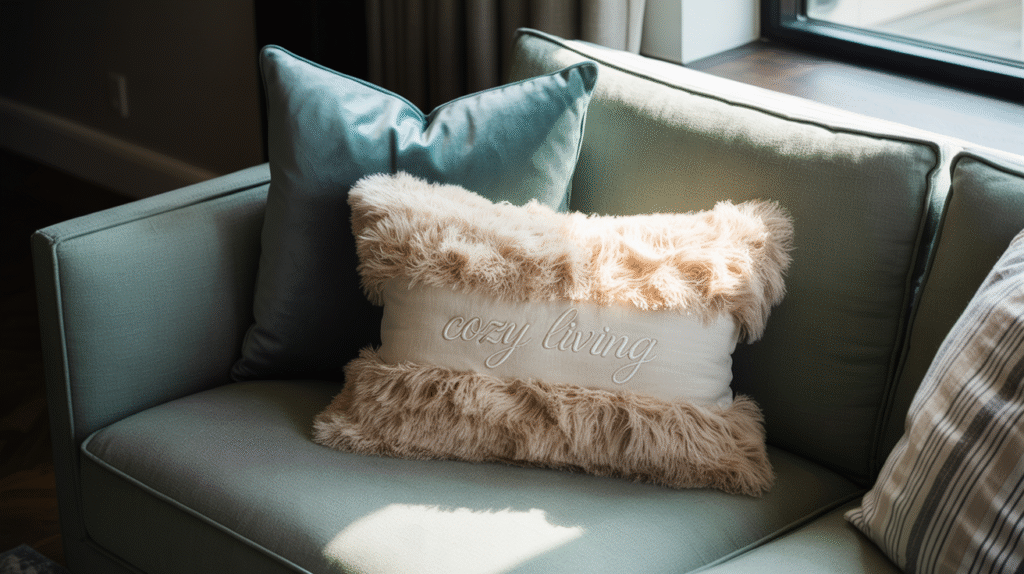
When arranging throw pillows on a couch, three is the perfect number. Mix and match different shapes, textures, and sizes to create a comfortable yet stylish look. You can use pillows with varying degrees of color intensity or different patterns to keep it visually interesting while maintaining a cohesive theme.
3. Mantel Styling with Odd Numbers
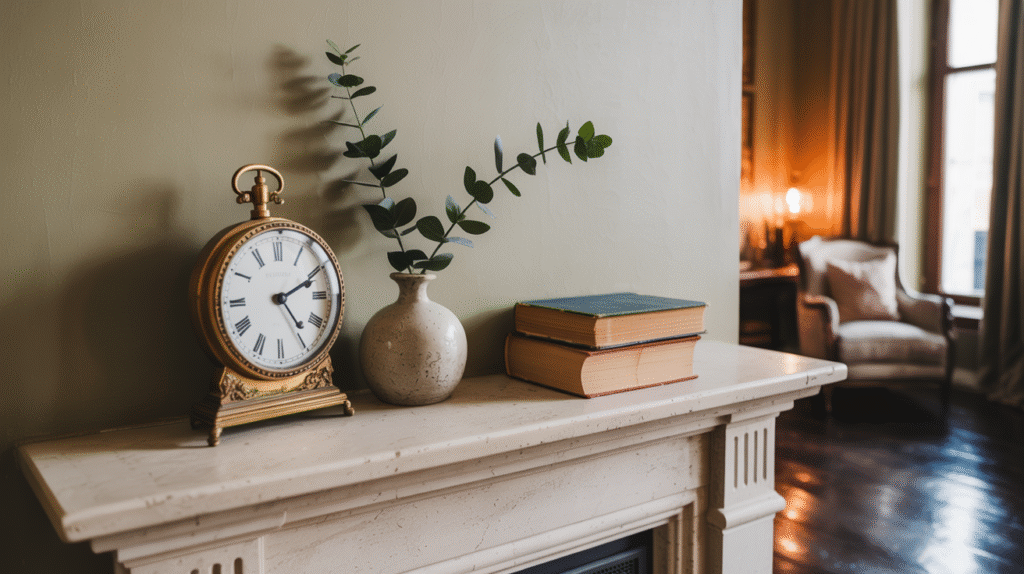
The rule of three works wonders on mantels. Instead of lining up two identical objects, place three items of different sizes and shapes. A tall vase, a small sculpture, and a medium-sized candleholder, for instance, can create a dynamic and balanced display. This technique can be applied to any shelf or mantel, adding depth and visual appeal.
4. Wall Art and Picture Frames
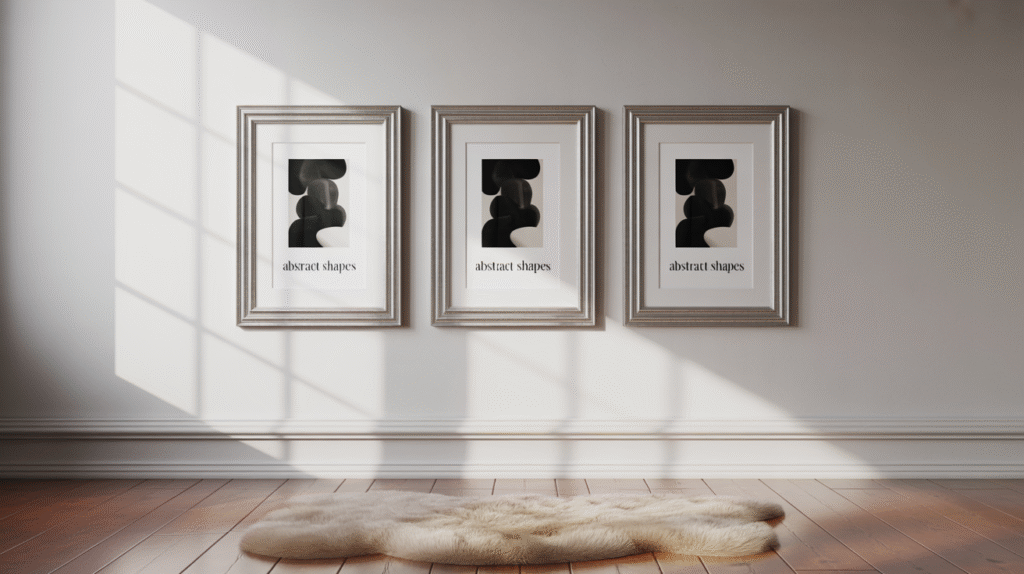
Instead of pairing two identical frames, group three art pieces or photographs in a linear or triangular formation. This could be a trio of related images or three different-sized frames in a complementary style. The trio of frames naturally draws the eye in a balanced yet relaxed manner.
5. Plants and Greenery Groupings
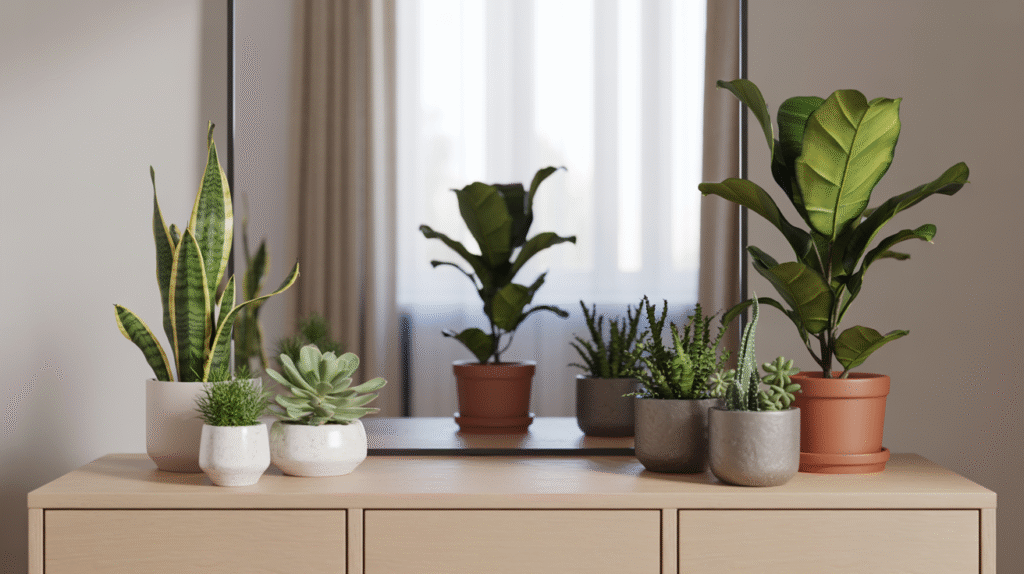
Odd-numbered groupings are especially effective when it comes to plants. Instead of placing two identical plants, try using three plants of varying sizes and types. Place the tallest plant in the back and the smaller ones in front to create an engaging, balanced look. This method can be used on tables, shelves, or windowsills.
Expanding Beyond the Rule of Three
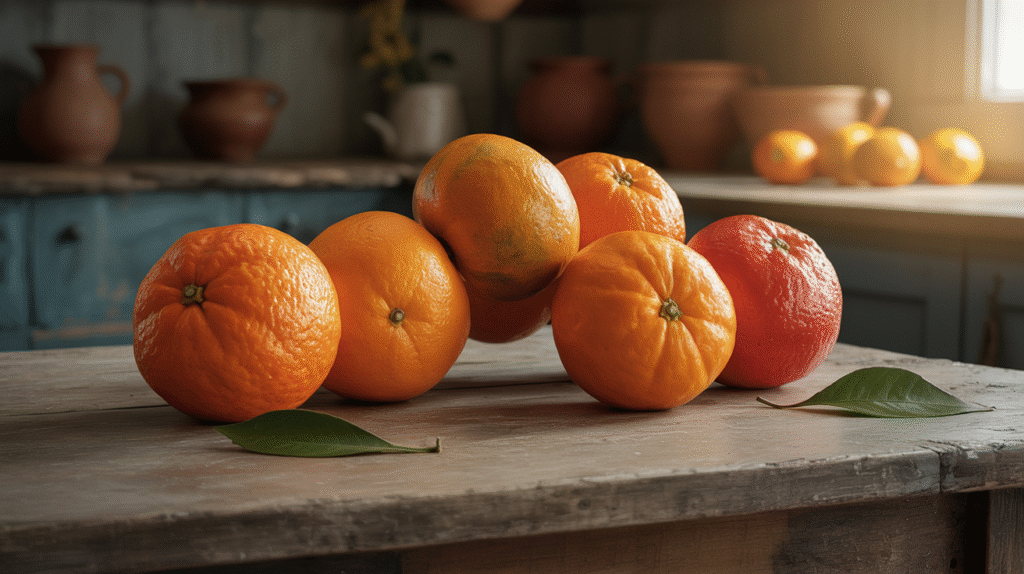
While three items are the sweet spot for many decor situations, you can take this principle further to five or even seven items when dealing with larger spaces. The key is to maintain that dynamic balance by varying the height and visual weight of each item.
5-Item Groupings for Larger Spaces
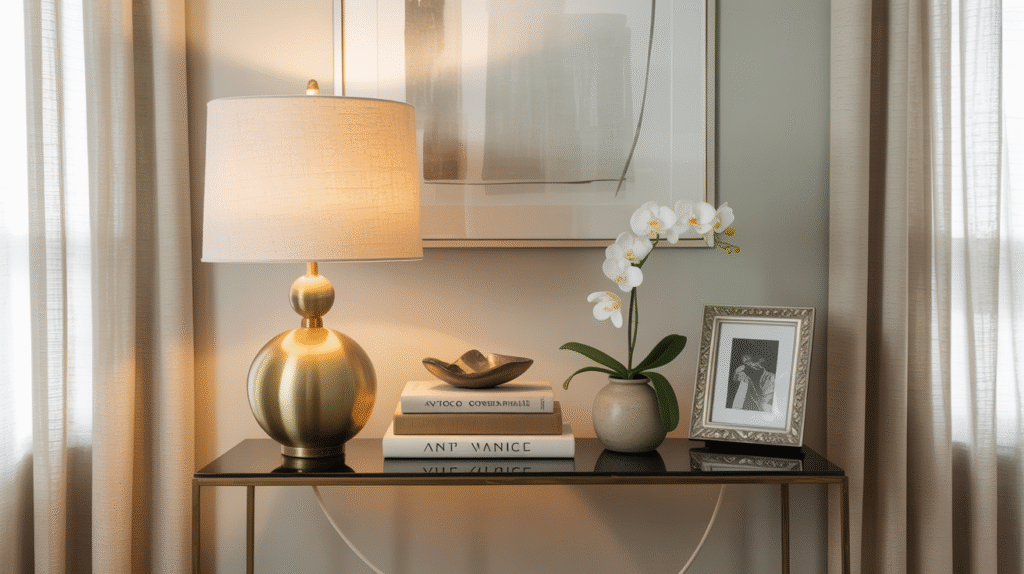
In larger spaces, five items can work wonders. For instance, on a console table, you could have one tall vase, two medium-height objects, and two smaller items to create a relaxed but balanced grouping. The variation in size and height keeps the visual interest alive.
7-Item Groupings for Larger Displays

If you have a larger space like a bookshelf or sideboard, using a seven-item grouping can be just the right touch. However, the trick is to break the seven items into smaller sub-groups for easy organization. A combination of books, small plants, and other decorative items grouped in threes, twos, or even one larger centerpiece will add depth and visual interest.
Choosing the Right Objects for Odd-Numbered Groupings
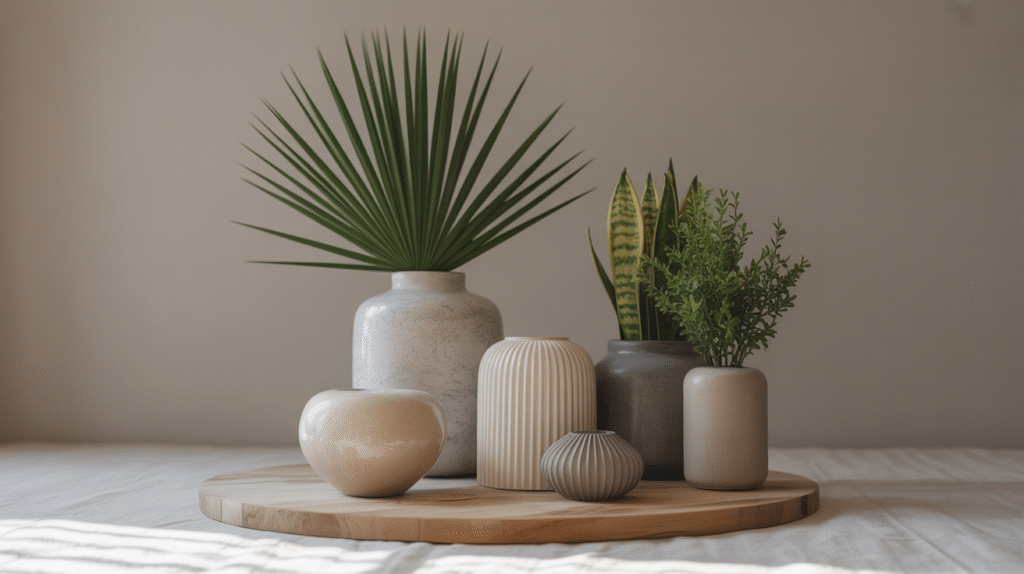
The key to creating stunning odd-numbered displays lies in selecting the right items. Here are a few tips to ensure your groupings stand out:
- Balance Heights and Shapes: Group items with varying heights to create movement and visual interest. For example, pairing a tall vase with a shorter plant and a medium-sized decorative object will create a pleasing flow.
- Mix Textures and Materials: Combining different textures such as smooth ceramics, rough wood, and shiny metals can create a richer, more sophisticated arrangement.
- Play with Color: Keep your color palette consistent within the grouping, or create contrast with complementary colors. A grouping of neutral-colored items with a pop of one contrasting color can make the display more striking.
Conclusion: The Power of Odd Numbers in Home Decor
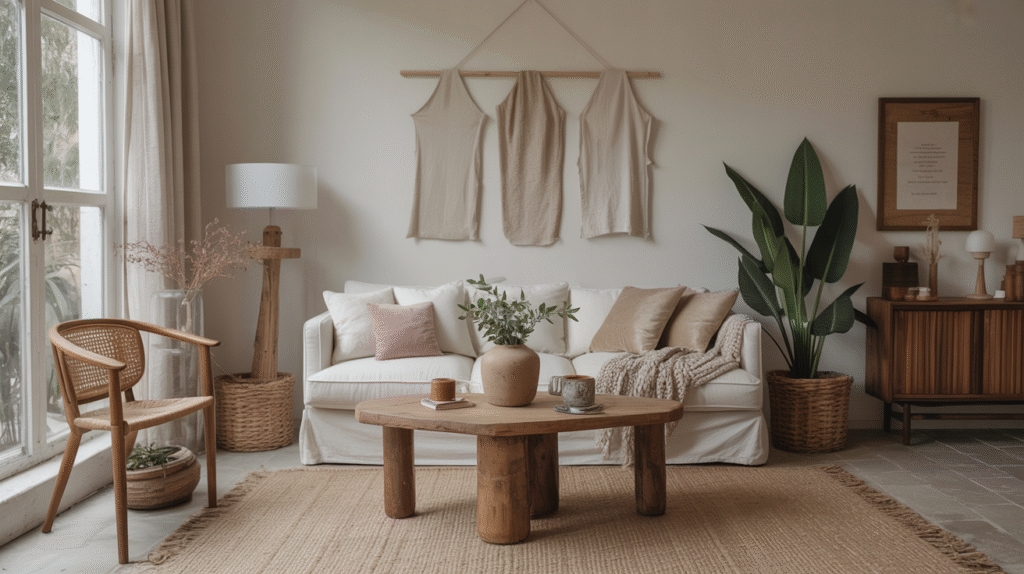
Incorporating odd-numbered groupings into your decor might seem like a small change, but it can have a big impact on how your home feels. By following the 3-item rule and experimenting with different combinations, you’ll create spaces that feel more natural, balanced, and dynamic. From coffee tables to bookshelves, this simple yet effective design principle will help you style your home in a way that’s both stylish and memorable.
So, next time you’re decorating a space, remember: the magic of odd numbers can transform any room, creating a home that’s full of life and personality.
